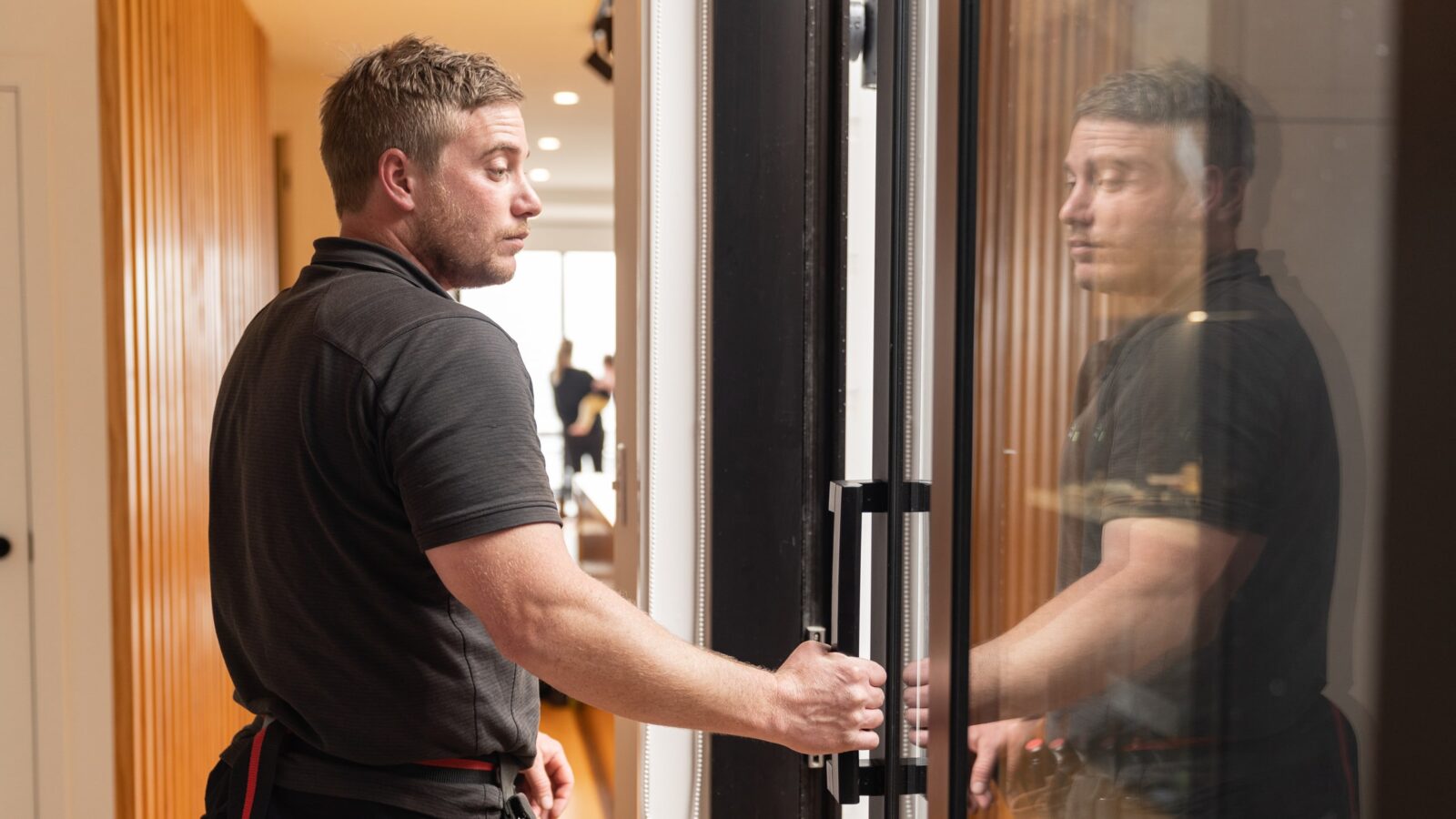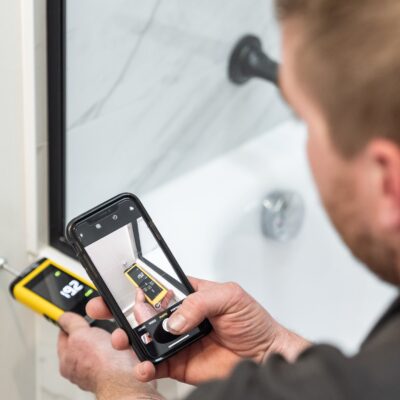Article
How to Determine if A House is Properly Ventilated

If you enter a well-ventilated house, and then a poorly ventilated house shortly after that, would you be able to tell the difference between the two? While most of us don’t actively think about what a properly ventilated house looks or feels like, we can all agree that there’s a marked difference between them. And the thing is – if we don’t see the difference, we can feel the difference.
Proper ventilation is essential to creating a structurally healthy home. Over the years, the house inspection team here at CheckHome have learned to spot the tell-tale signs of proper (and poor) ventilation. If you’re wanting to buy a new home, or if you want to prepare your home for sale, you may want to take note of these signs below:
1. Great indoor air quality
Great indoor air quality is the first test of good ventilation. The air we breathe communicates directly with our senses to determine, on a surface level, if there’s a problem. If we breathe in and the air is fresh, and free of unpleasant smells, irritants, pollutants or allergens, then we can fairly determine (at least on a larger scale) if the house is getting its fair share of fresh, outside air and preventing inside air from becoming stale and damp.
2. Minimal to no condensation problems
Condensation, especially in the winter, can get quite problematic for homes that are improperly ventilated. When we insulate our homes, hot air can condense and collect on surfaces such as glass on windows if we don’t let ventilate our home or ‘air it out’. If your home experiences only minimal condensation issues, then condensation won’t dampen your spirits yet.
3. No signs of mould and mildew
This is perhaps the most important sign for all homeowners or homeowners-to-be. Any trace of mould or mildew on the ceilings or walls should make you suspicious, and hopefully encourage you to think about proper ventilation. While visible traces of mould and mildew are problematic, they could also be hiding within the walls, which is also concerning. Mould and mildew can cause a plethora of problems, both on the structural integrity of the home, and on the dwellers’ overall health.
4. Localised exhaust fans are in good working condition
Healthy homes should have localised exhaust fans that provide spot ventilation within areas that produce excess moisture or pollutants. Common examples are range hoods over stoves and bathroom exhaust fans that suck out the moisture produced from cooking and hot showers. Spot ventilation systems in garages or laundry rooms are also great for allowing moisture from clothes-washing or drying to escape from inside our homes.
5. Good moisture-level readings
While condensation and mould are visual signs of larger ventilation issues in exposed areas, moisture can hide in corners of the home and get worse if not detected in its earlier stages. By getting a building inspector to measure the moisture levels in different areas of concern with a professional, non-invasive moisture meter, you can determine any areas that may cause potential issues in the future.
CheckHome – Expert Building Inspectors
The experienced team at CheckHome have provided professional building inspections for Wellington, Kapiti Coast, Wairarapa and Christchurch. We provide an expert building report that covers ventilation, moisture, and other possible areas of concern related to properties – just contact the team at 0800 555 125.
Recent Posts
View all
Why Get a Building Inspection on a New Build?

What We Check on When Inspecting Villas
